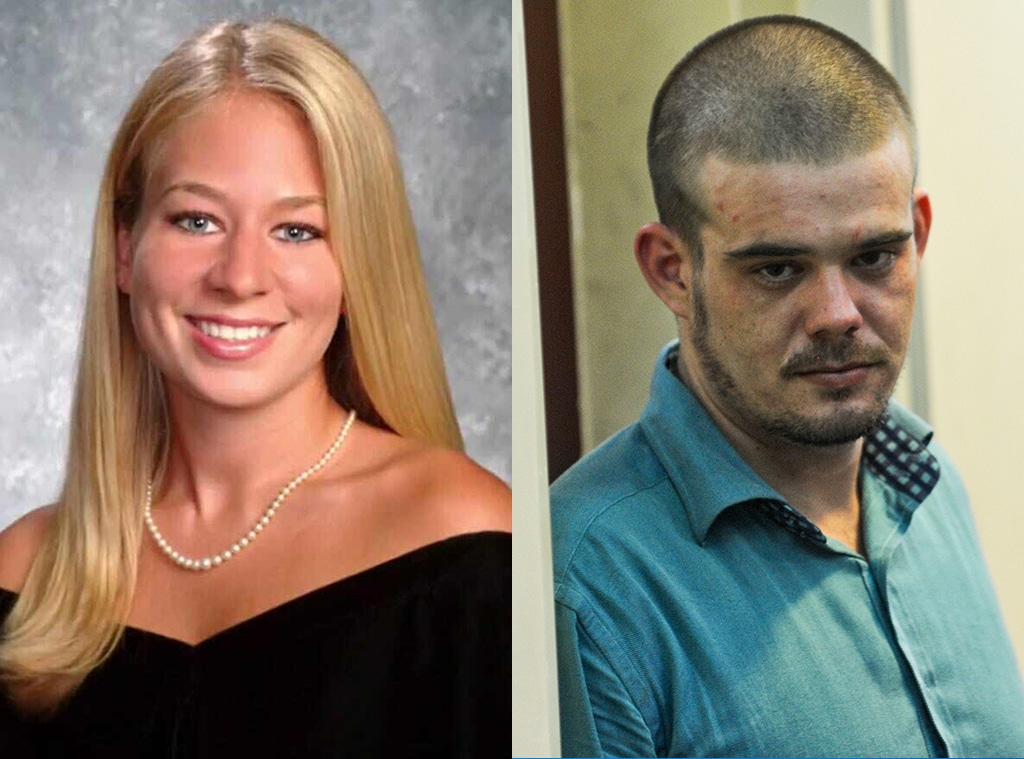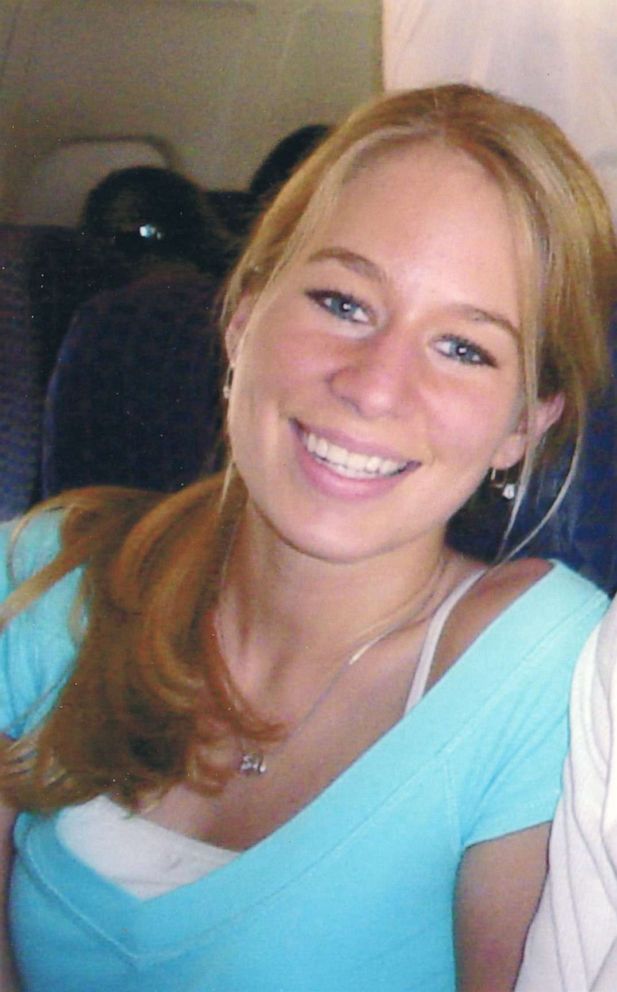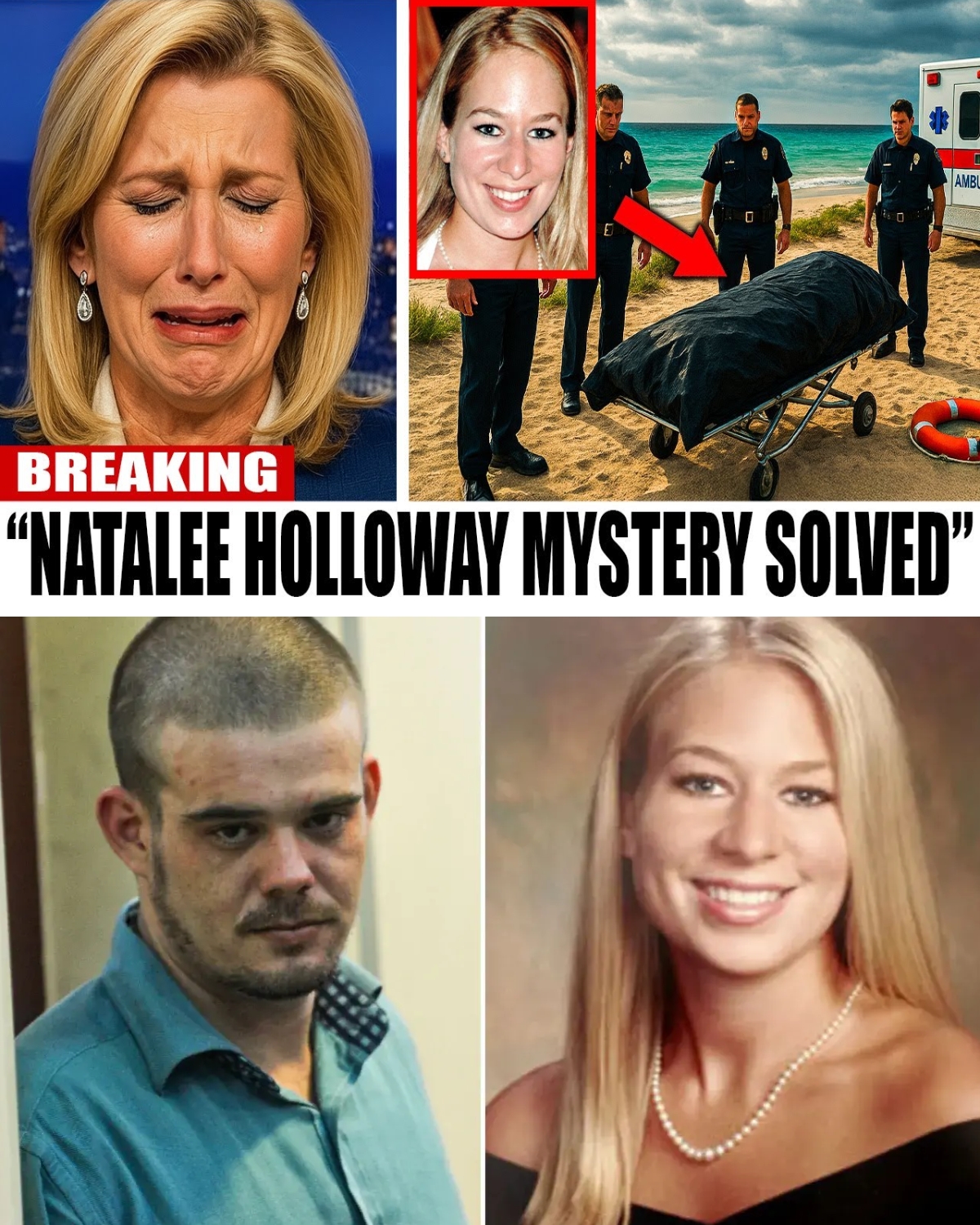After 20 Years, The Natalee Holloway Mystery Was Finally Solved… And It’s Worse Than We Thought

For 18 years, the name Natalee Holloway has lingered like a ghost in America’s collective memory — a symbol of innocence stolen, of parents’ worst nightmares realized, and of justice cruelly denied. Now, in a stunning and heartbreaking turn, the case that has haunted the Holloway family for nearly two decades has been cracked wide open.
In a courtroom in Birmingham, Alabama, Joran van der Sloot, the man long suspected of knowing the truth, finally confessed to 𝓀𝒾𝓁𝓁ing Natalee. His words, cold and matter-of-fact, confirmed the darkest fears of her family and the millions who followed the case since her disappearance in May 2005.
According to van der Sloot, the night ended in horror on an Aruban beach. After attempting to 𝓈ℯ𝓍ually assault Natalee, he struck her with a cinderblock when she resisted. She died instantly. He then dragged her lifeless body into the sea, consigning her to an ocean grave that will likely never be found.

For Natalee’s mother, Beth Holloway, who has lived with the agony of unanswered questions since her daughter vanished, the confession was both a cruel relief and a brutal wound torn open. Standing in court, she faced her daughter’s 𝓀𝒾𝓁𝓁er and delivered words that echoed across the courtroom:
“It’s over. Joran van der Sloot is no longer the mystery man. He is the 𝓀𝒾𝓁𝓁er.”
A Case That Gripped the World
Natalee Holloway was just 18, a high school graduate celebrating her future, when she vanished during a senior class trip to Aruba. Her disappearance launched one of the most intense missing-person investigations in modern history. For years, the case dominated headlines, fueled by endless speculation, false leads, and van der Sloot’s ever-shifting lies.
At the heart of the investigation stood van der Sloot, whose name became synonymous with deceit and manipulation. He taunted investigators, staged false confessions, and even attempted to extort Natalee’s family — demanding $250,000 in exchange for information about her body’s location. Each twist dragged the Holloways deeper into despair, turning their private grief into a global spectacle.
The Final Blow
The confession came as part of a plea agreement tied to the extortion case. In exchange for reduced sentencing on financial crimes, van der Sloot finally detailed what happened the night Natalee vanished. The truth was stark, horrifying in its simplicity: an act of violence 𝐛𝐨𝐫𝐧 of rage and rejection.
There will be no body to bury, no gravesite to visit. The ocean — vast, merciless, eternal — has swallowed the last physical trace of Natalee. For her family, the absence of remains denies them the ritual of closure, leaving them with words and memories in place of a final resting place.

The Legacy of a Nightmare
The Holloway case has always been about more than one girl. It became a cultural flashpoint — raising questions about tourism, international justice, and the failures of law enforcement across borders. It exposed the cruelty of media frenzy, as Natalee’s smiling face became a headline fixture, and her family’s anguish became tabloid fodder.
Now, as the confession finally lays bare the truth, it feels less like resolution and more like confirmation of a nightmare that has stretched across generations. Justice, at long last, has been spoken aloud — but it is incomplete. A 𝓀𝒾𝓁𝓁er is unmasked, but a daughter is still gone.
A Family’s Unyielding Strength
Through it all, Beth Holloway has embodied resilience. Her tireless pursuit of answers, her refusal to let Natalee’s name be forgotten, and her courage in confronting the man responsible for her daughter’s death are reminders of a mother’s unbreakable bond. Even in her grief, she has transformed Natalee’s legacy into a call for awareness and vigilance.
As the world absorbs van der Sloot’s chilling confession, one truth remains undeniable: Natalee Holloway’s life was short, but her story reshaped how we see justice, crime, and the enduring fight for truth.
The case is over — but the sorrow endures.






